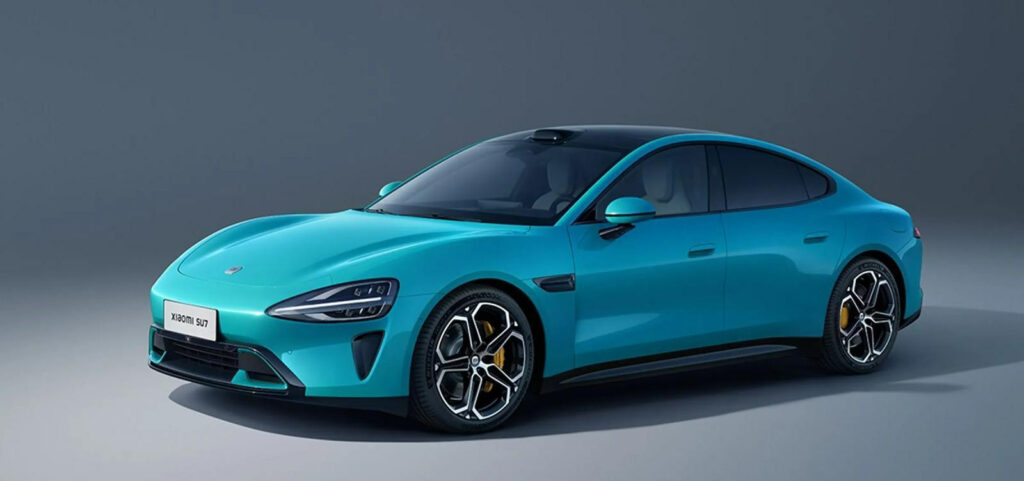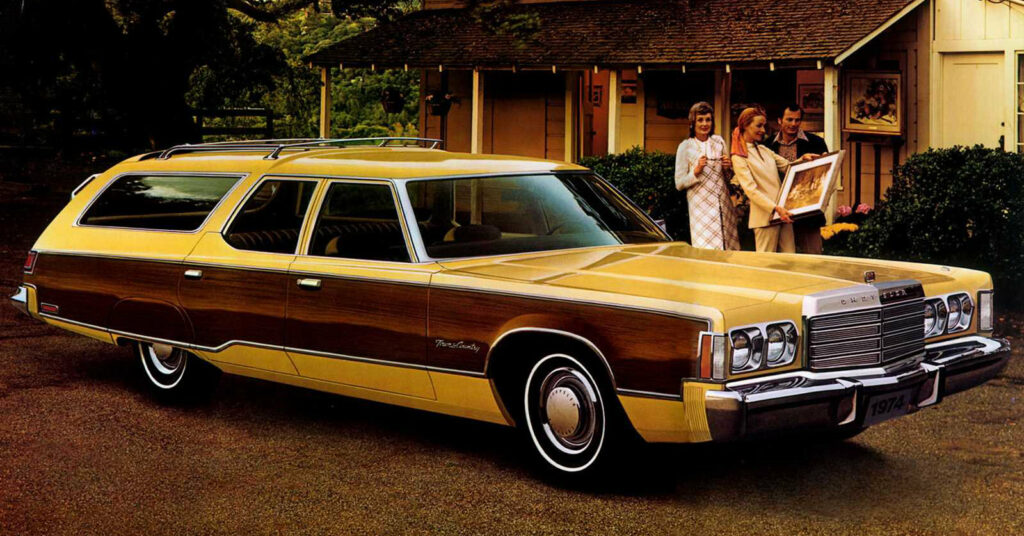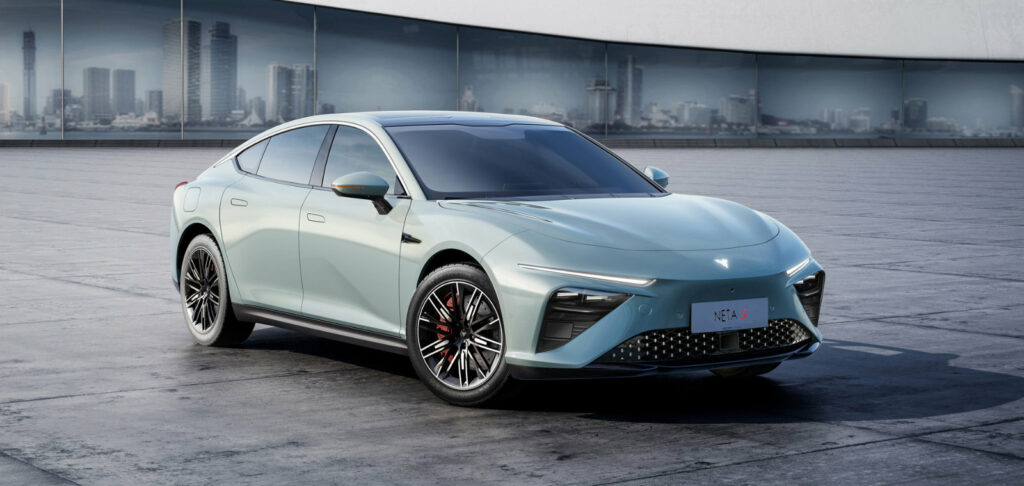The 1983 Corolla liftback—the E80 series was peak Corolla, relative to what was on offer in the C segment. Toyota was on a high then. Tesla finished itself this year, by firing its new-product development team at a time when it desperately needs new products—proper products, too, not the Cyberstuck which has so many […]
Tag: China
Autocade reaches 37 million page views

I knew this was coming since I saw the Autocade total was 7,000 shy of 37,000,000 yesterday (after a couple of 30,000 page-view days). At 9,373,244 on the counter, plus 27,647,011 from the old server, we arrive at 37,020,255 (which, of course, means we had 27,000 page views over the last 24 hours). That’s 50 […]
Healthy jumps on Autocade
I’m happy to note that Autocade has had a few high-traffic days again, the first time the daily rate has exceeded 30,000 page views since we put the site behind Cloudflare. After the site was reinstalled in 2022 and the counter reset, Autocade’s Mediawiki totals only update once a day. April 18: 8,633,966 total […]
Autocade hits the 5,000-model landmark

We’ve reached 5,000 models on Autocade, after 16 years. The 5,000th model entry was for the Xiaomi SU7, the first car from the Chinese cellphone brand. This wasn’t random: when I realized we had hit 4,999, I thought about what we could mark the 5,000-model milestone with. The most aerodynamic electric production car in the […]
Autocade hits 36 million page views, with shifts in the leaderboard

We’ve hit 36 million page views on Autocade now, with the counter showing 8,356,587. Add that to the 27,647,011 just before the old server was decommissioned, and we’re on 36,003,598. We hit 35 million on February 1, so it took 58 days to net the latest million, 17 days longer than last time. We’ve noticed […]
Read More… from Autocade hits 36 million page views, with shifts in the leaderboard
Heritage
I’m not sure why the history page about my ancestor, 甄舜河 (Gin Sun Hall), has disappeared from the family association’s page, but for others who are descended from him, here’s his pic from the Internet Archive. He lived in the late 13th century. Also from the Archive was this extract from a 1997 publication […]
A full day on Autocade with Cloudflare switched on
It appears that Cloudflare hasn’t affected Mediawiki’s stats (at least not hugely, from what I can tell). Overnight we had about 19,000 views, according to Mediawiki. Cloudflare, meanwhile, reports 5,420 visitors in that same time—three to four pages per visitor sounds acceptable. I realize Cloudflare might count search engine bots, too. I’ll have things […]
Read More… from A full day on Autocade with Cloudflare switched on
Autocade reaches 35 million page views, the latest million in 41 days

Autocade hit the 35 million mark two days ago, in well under two months, buoyed by days of over 60,000 page views per day. I saw other jumps in the 20,000-a-day mark, even 50,000 on some other days. The last two days alone saw 43,000 page views, bringing today’s total to 7,402,333 since the server […]
Read More… from Autocade reaches 35 million page views, the latest million in 41 days
Who leads when the house of cards falls?
Scott Burchill makes a good analysis in Pearls and Irritations on how the US is ‘a rogue state’ and becoming a pariah (alongside Israel) over recent events in Gaza, and how its influence is waning. It’s hard to argue with a lot of his points; certainly here, with the exception of some politicians who either […]
This weekend’s milestones at Lucire and Autocade
Autocade’s 4,800th model: the Toyota Urban Cruiser Hyryder. Stuff that has happened: Lucire has turned 26. Not a huge celebration given we did the quarter-century last year. Looking back, we did it quite well. When we had our 20th and 21st, we intended to mark them through those years, but never really did. It […]
Read More… from This weekend’s milestones at Lucire and Autocade